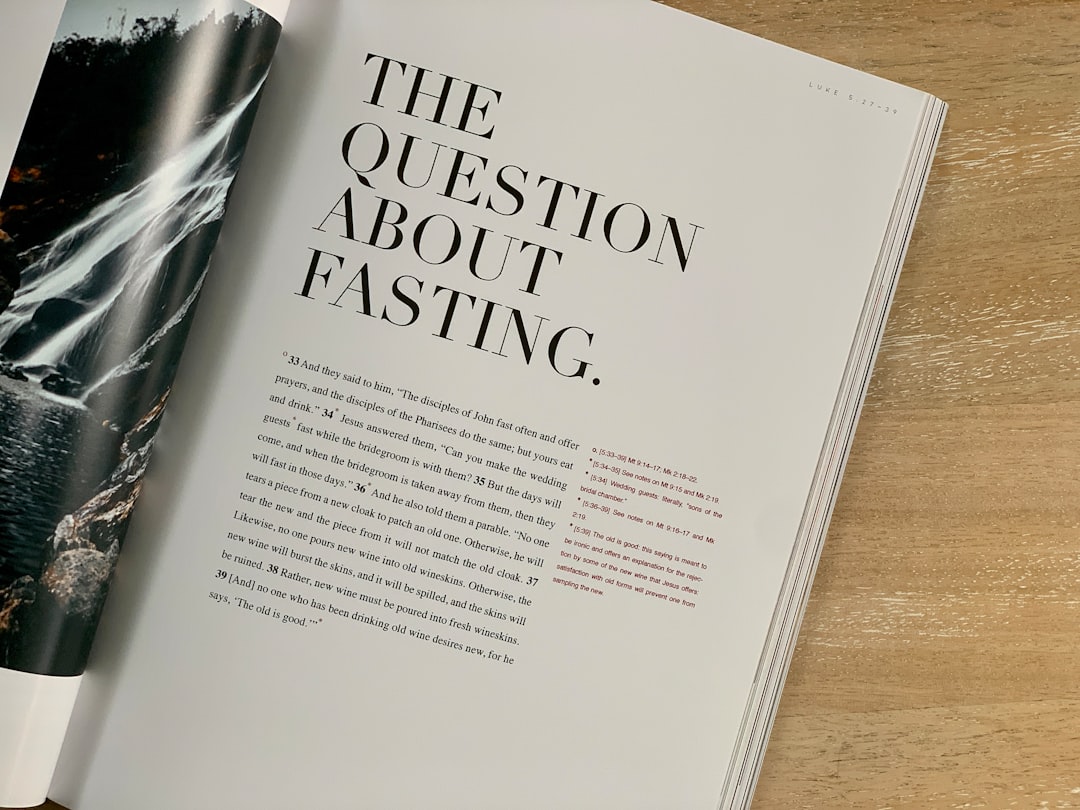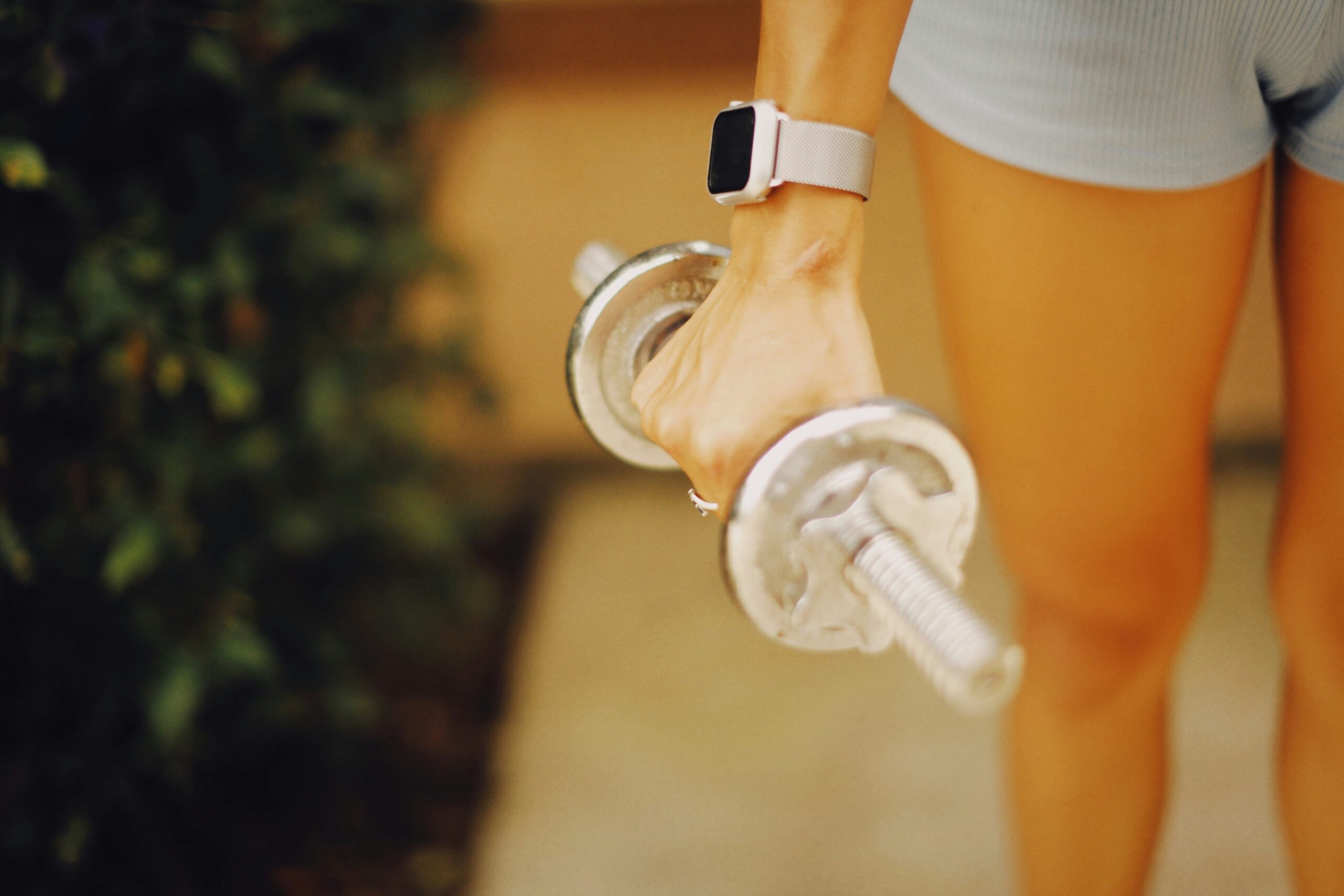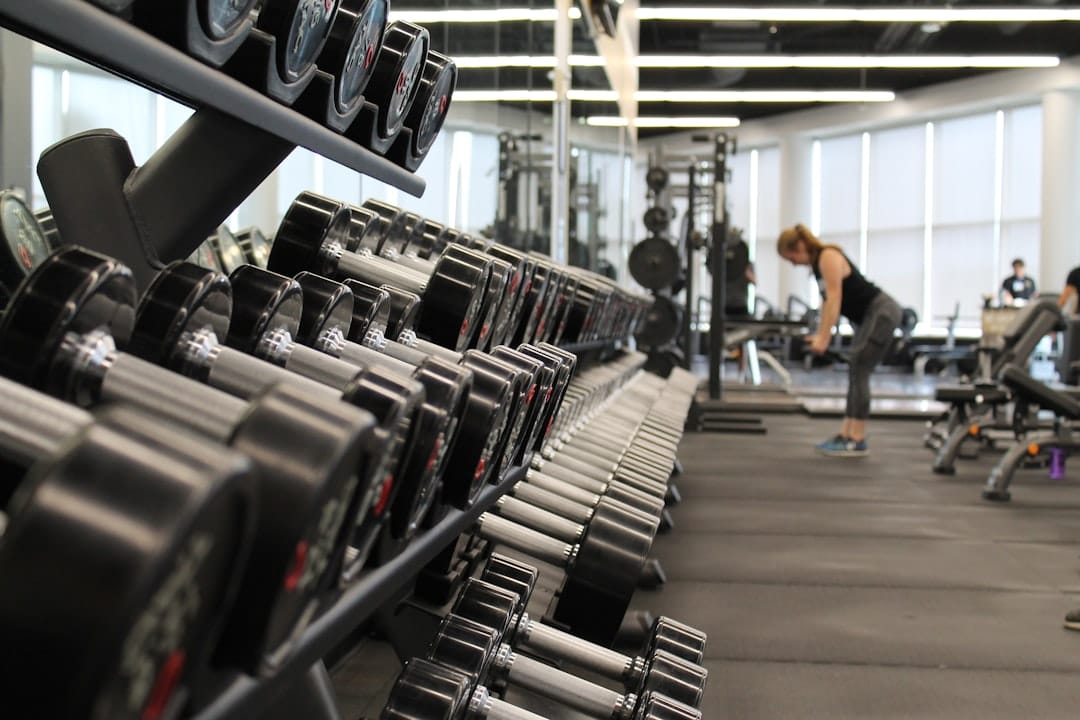Fasting might seem like a simple pause in daily eating habits, but it provides an unexpected burst of energy and a host of other health benefits. This practice, which involves abstaining from food for certain periods, has been a part of human history for centuries, proving to be a natural way to maintain balance and vitality. From the brisk 12-hour fasts to the more extended periods of abstinence, fasting offers a range of methods to suit different lifestyles and goals. For frequent travelers and wellness seekers, understanding the ins and outs of regular fasting is a game-changer, offering stable energy and improved gut health even when on the move. Let’s explore various fasting techniques, their benefits, and how they fit seamlessly into your travel routine, transforming your approach to health and well-being. Learn more about the benefits of fasting.
Understanding Fasting
Fasting is a practice that has been around for centuries, with various cultures and religions incorporating it into their traditions. Let’s explore what fasting really means and its historical significance.
What is Fasting?
Fasting is the practice of abstaining from food and, sometimes, drinks for a specific period. It’s not just about skipping meals; it’s a deliberate choice to give your digestive system a break.
There are different types of fasting, ranging from intermittent fasting to prolonged fasting. The duration can vary from a few hours to several days, depending on the individual’s goals and health conditions.
Intermittent fasting, a popular form, involves cycling between periods of eating and fasting. This may include methods like the 16/8 approach, where you fast for 16 hours and eat within an 8-hour window.
History of Fasting
Fasting has been a part of human culture for thousands of years, often tied to religious practices and spiritual beliefs.
In ancient Greece, Hippocrates recommended fasting for patients showing certain symptoms of illness. Many religions, including Christianity, Islam, and Buddhism, incorporate fasting as a way to purify the body and mind.
Throughout history, fasting has also been used as a form of political protest, with figures like Mahatma Gandhi using it to draw attention to social issues.
In recent years, scientific research has begun to uncover the potential health benefits of fasting, leading to a resurgence of interest in this age-old practice.

Benefits of Fasting
Fasting offers a range of potential benefits, from improved energy levels to various health advantages. Let’s dive into some of the key benefits that regular fasting provides.
Stable Energy Levels
One of the most noticeable benefits of fasting is the stabilization of energy levels throughout the day.
When we fast, our bodies switch from using glucose as the primary energy source to burning stored fat. This metabolic shift leads to more consistent energy levels, avoiding the typical mid-afternoon slumps.
Many people report feeling more alert and focused during their fasting periods. This mental clarity is often attributed to the body’s increased production of ketones, which serve as an alternative fuel source for the brain.
Fasting for Health
Fasting has been linked to numerous health benefits, supported by a growing body of scientific research.
Regular fasting may improve insulin sensitivity, potentially reducing the risk of type 2 diabetes. It’s also been associated with lower blood pressure and improved heart health.
Some studies suggest that fasting promotes cellular repair processes, including autophagy, where cells remove damaged components. This could have implications for longevity and disease prevention.
Fasting may also support gut health by giving the digestive system a break and allowing it to reset.
Also check out our article on how to keep your immune system healthy while traveling.
Free up Time
An often-overlooked benefit of fasting is the time it frees up in your daily routine.
By reducing the number of meals you prepare and eat, you gain extra time for other activities. This is particularly beneficial for busy travelers or professionals with packed schedules.
The time saved can be used for exercise, meditation, or other health-promoting activities, further enhancing the overall benefits of your fasting practice.
Types of Fasting Methods
There are various approaches to fasting, each with its own set of rules and potential benefits. Let’s explore two common methods: the 12-hour fast and longer fasting periods.
12 Hour Fast
The 12-hour fast is one of the most accessible forms of intermittent fasting, making it a great starting point for beginners.
This method involves restricting your eating to a 12-hour window each day. For example, you might eat your last meal at 8 AM and then not eat again until 8 PM in the evening.
The 12-hour fast is relatively easy to implement and can be adjusted to fit most lifestyles. It allows for a natural overnight fast, which many people find easier to maintain.
This fasting method may help improve metabolic health and support better sleep patterns, as it aligns with the body’s natural circadian rhythms.
Longer Fasts
Longer fasting periods, such as 16-hour, 24-hour, or even multi-day fasts, ffer more pronounced benefits but also require more careful planning.
These extended fasts lead to deeper states of ketosis, where the body more fully switches to fat-burning mode. This results in more significant weight loss and metabolic changes.
Longer fasts may also trigger more extensive cellular repair processes and autophagy. However, they may be more challenging to maintain and may not be suitable for everyone.
It’s crucial to approach longer fasts with caution and ideally under the guidance of a healthcare professional, especially if you have any underlying health conditions.
Example of How I Fast
Personal experiences provide valuable insights into the practicalities of fasting. Here’s how I incorporate fasting into my routine and the benefits I’ve observed.
Daytime 12 Hour Fast
My preferred fasting method is a 12-hour daytime fast, which I typically practice five days a week.
I start my day with breakfast before 8 AM, then don’t eat again until after 8 PM. This schedule allows me to maintain a consistent eating pattern while still enjoying the benefits of fasting.
During my fasting hours, I focus on staying hydrated and keeping busy with work or other activities. This helps me avoid thinking about food and makes the fasting period feel more manageable.
Benefits to My Daytime Fast
Since adopting this fasting routine, I’ve noticed several positive changes in my daily life and overall well-being.
The most significant benefit has been stable energy levels throughout the day. I no longer experience mid-morning hunger pangs or afternoon energy crashes, allowing me to maintain focus and productivity.
By eliminating the need to search for food during the day, I’ve reclaimed valuable time. This extra hour or so each day adds up, providing more opportunities for exercise, relaxation, or personal projects.
An unexpected benefit has been improved meal quality. Since I’m usually home before 8 AM and after 8 PM, I prepare more homemade meals and rely less on takeout options.
How to Plan a Fast
Successful fasting requires careful planning and consideration. Let’s explore how to prepare for a fast, what to be aware of during the fasting period, and how to break your fast effectively.

How to Prepare Before
Proper preparation is key to a successful and comfortable fasting experience.
- Gradually reduce your meal frequency in the days leading up to your fast to help your body adjust.
- Focus on nutrient-dense, whole foods in your pre-fast meals to ensure your body has adequate resources.
- Stay well-hydrated in the days before your fast to prevent dehydration during the fasting period.
It’s also important to choose a fasting schedule that aligns with your lifestyle and commitments. Start with shorter fasting periods and gradually increase the duration as you become more comfortable with the practice.
Beware During a Fast
While fasting offers numerous benefits, it’s important to be aware of potential challenges and listen to your body.
Pay attention to how you feel during your fast. It’s normal to experience some hunger, but severe discomfort, dizziness, or weakness are signs that you should break your fast.
Stay hydrated by drinking plenty of water. Some people also find that herbal teas or black coffee can help manage hunger without breaking the fast.
Avoid intense physical activities during your fasting periods, especially when you’re just starting out. Light exercise like walking may be beneficial, but listen to your body’s signals.
Breaking the Fast
How you break your fast is just as important as the fasting period itself.
Start with a small, easily digestible meal to ease your digestive system back into action. Good options include fruits, vegetables, or light soups. Dates and watermelons are classic staples of breaking a fast. When I lived in northern Nigeria, the evening markets were full of both to support breaking fast with something sweet and hydrating.
Gradually increase your food intake over the next few hours, focusing on nutrient-dense foods that provide a balance of proteins, healthy fats, and complex carbohydrates.
Avoid overeating or indulging in heavy, processed foods immediately after breaking your fast, as this may lead to discomfort and negate some of the benefits of fasting.
Remember, everyone’s body responds differently to fasting. It’s important to listen to your body and consult with a healthcare professional if you have any concerns or underlying health conditions.































Leave a Reply